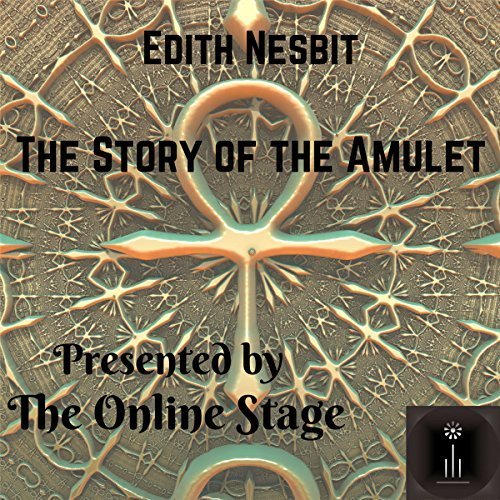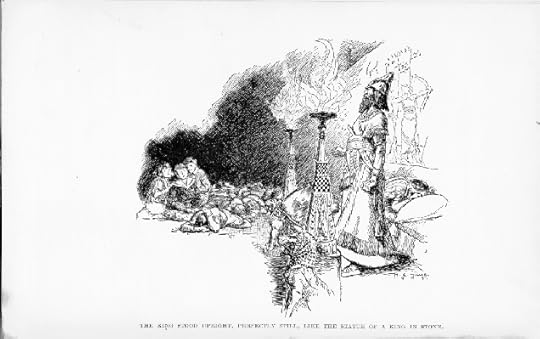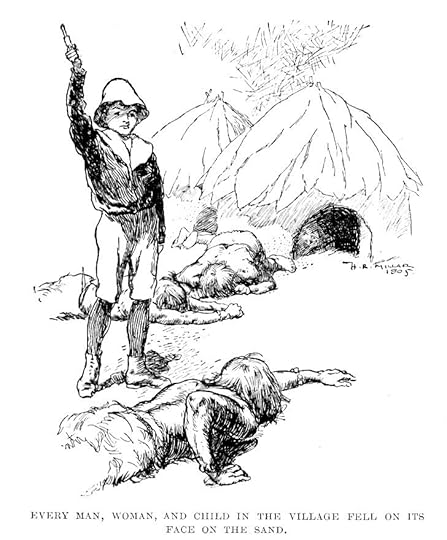What do you think?
Rate this book


Audible Audio
First published January 1, 1906









Well, they always take the savages beads and brandy, and stays, and hats, and braces, and really useful things—things the savages haven't got and never heard about. And the savages love them for their kind generosity, and give them pearls and shells and ivory and cassowaries. [...] The great thing is to get people to love you by being generous.But in Cyril's mouth, that last word is not ironic at all. We may scoff at the "generosity" of bringing corsets and suspenders to native peoples, but the way the four children treat one another and the world around them is politeness and generosity itself. There is one lovely little episode where they take pity on a disheveled orphan girl they meet in the park, and unite her with a bereaved mother in ancient Britain. And their encounters with the "poor learned gentleman" who occupies the top floor of their temporary lodgings near the British Museum are a perfect mixture of courtesy and friendship, adopting him as a kind of honorary playmate. This character, incidentally, is a tribute to the dedicatee of the book, Dr. Wallis Budge, an Egyptologist at the Museum and Nesbit's primary consultant.